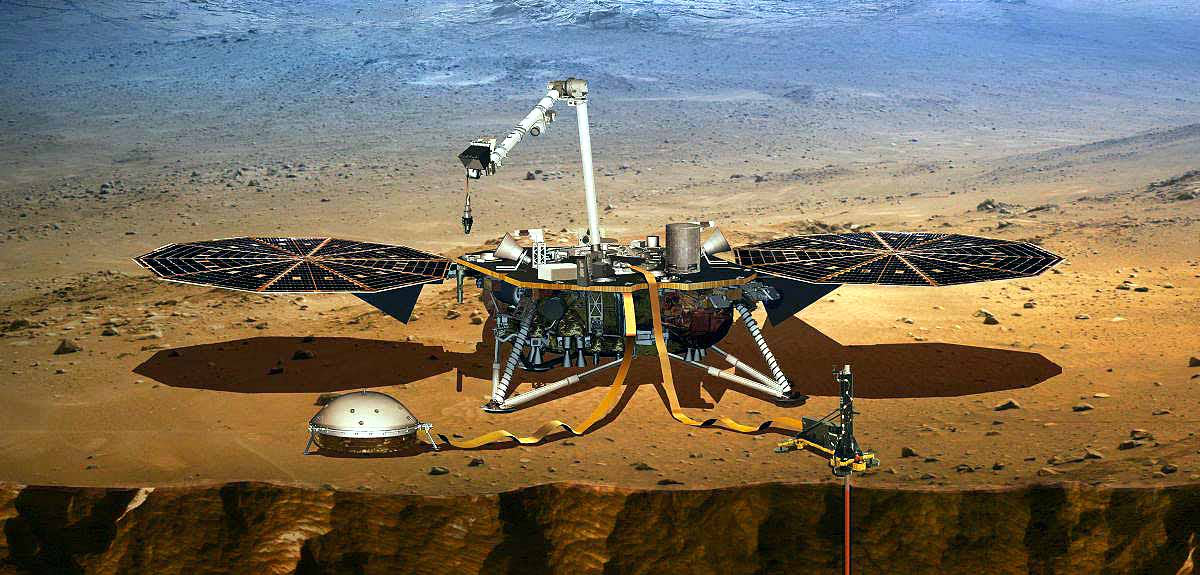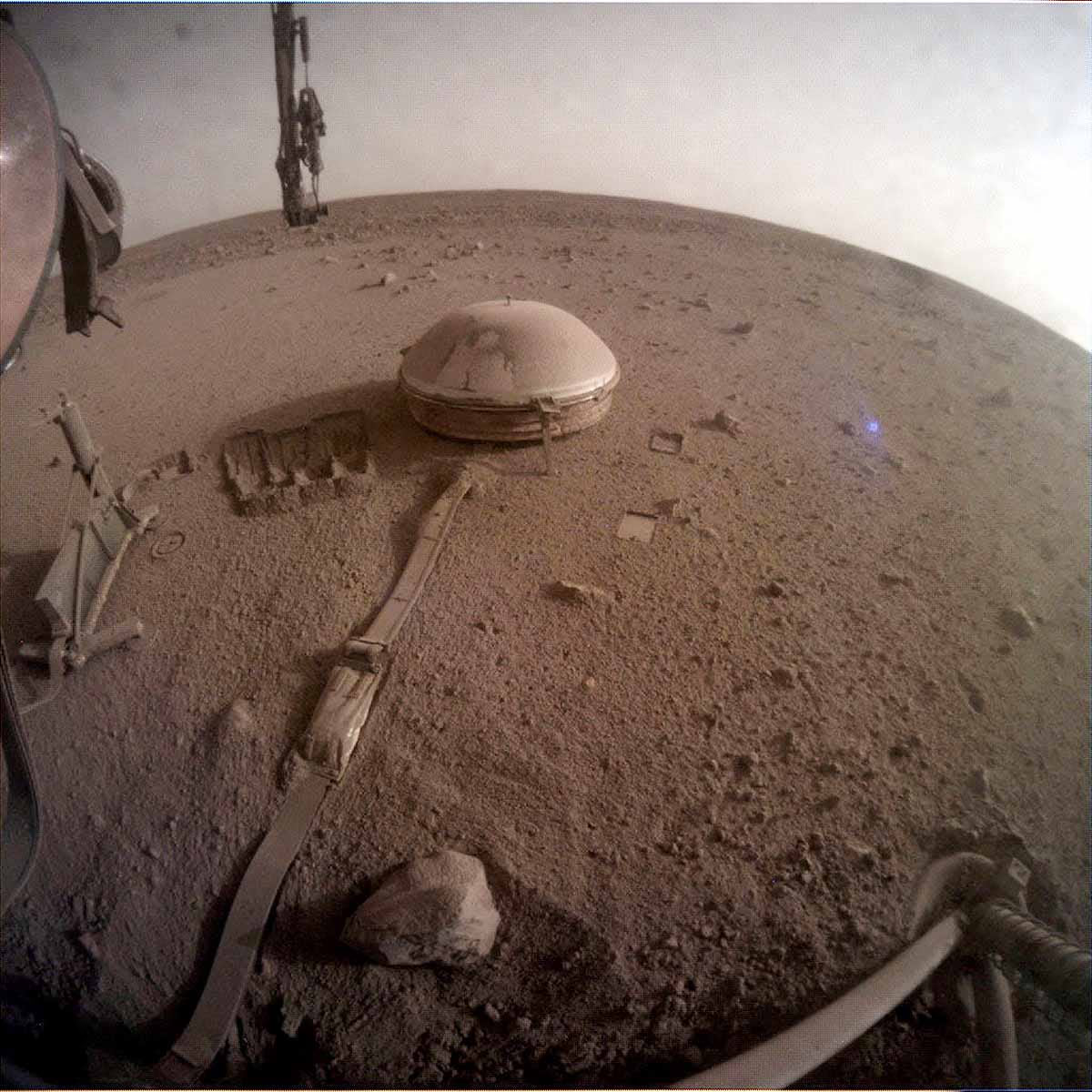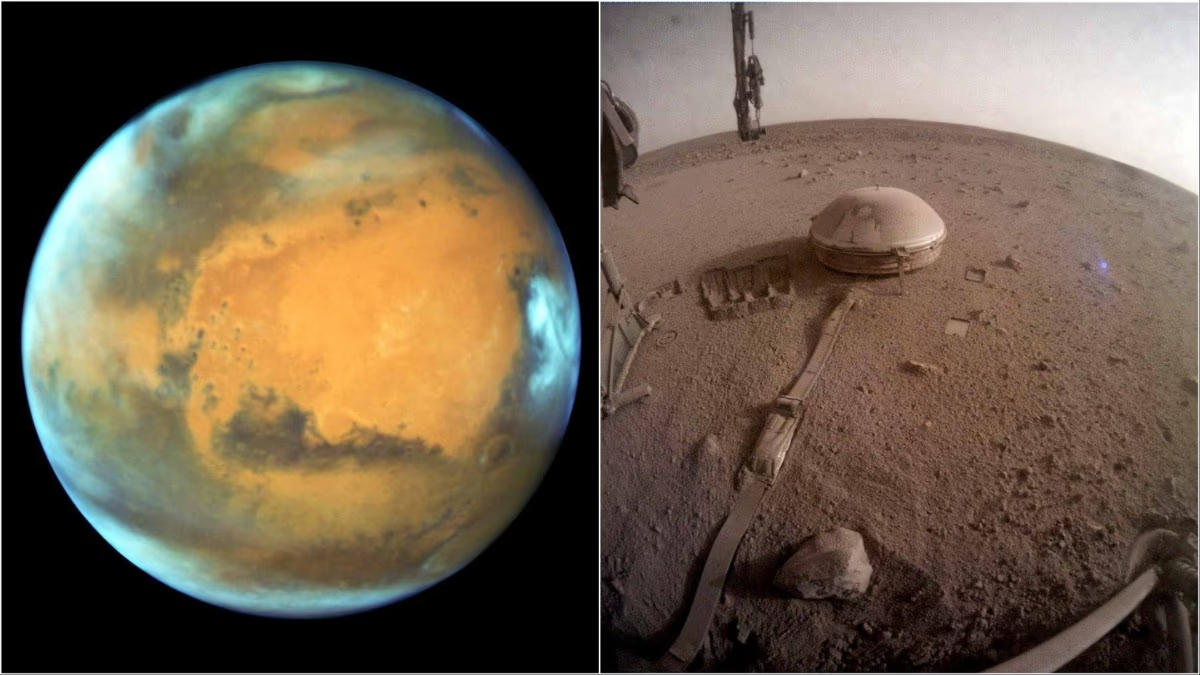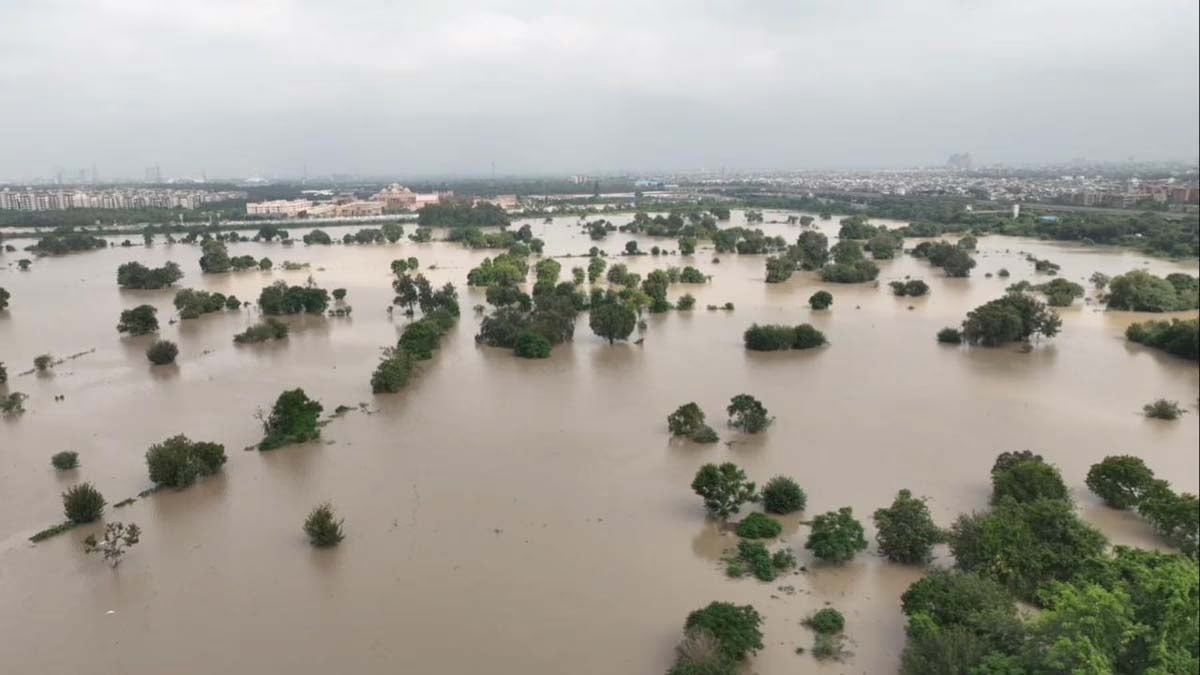NASA has discovered a vast reservoir of water beneath the surface of Mars, enough to fill an ocean. These fractures in the rocks several kilometers below the surface contain so much liquid water that it could form a sea. The InSight Lander's data helped NASA make this calculation.
Between 11.5 to 20 kilometers beneath Mars' surface lies a significant amount of water, possibly containing microorganisms, or evidence they once existed. The study, led by planetary scientist Vashan Wright and his team at the Scripps Institution of Oceanography, University of California, San Diego, reveals these findings.
Read This: Increasing Incidents of Floods in Delhi and Landslides in Wayanad and Himachal

Source: aajtak
Wright explains that the Martian crust allows liquid water to accumulate at such depths, while in shallower regions, it freezes into ice. Recently published in the Proceedings of the National Academy of Sciences, this study offers significant insights.
Revelation Through InSight Lander's Seismic Waves
Co-researcher Michael Manga points out that even on Earth, life forms have been found in deep, water-saturated environments without energy sources. Mars' exploration by the InSight Lander, which landed in 2018, aimed to study its interior layers.
Read This: Europe Heatwave: Beaches Dry Up, 47,000 Deaths Due to Heat Wave in a Year

Source: aajtak
The InSight Lander has mapped the interior layers of Mars using seismic waves. Based on this data, NASA concluded that there is a substantial amount of water beneath the Martian surface. These waves change behavior when passing through different materials like rock or water, helping locate fractures and water reservoirs.
If All Water is Extracted, It Could Form a Significant Ocean
When passing through rock and water, seismic waves behave differently, revealing the locations and depths of water reservoirs. This method is similar to how large water sources, oil, and gas are located on Earth. Between 11.5 and 20 kilometers deep in Mars' crust, abundant water lies within the rock fractures left by cooled lava. If collected, this water could form a sea 1-2 kilometers deep, covering the entire planet.
Mars Was Warm and Wet Once Upon a Time
Although Mars is now cold and desert-like, it was once warm and wet over 300 million years ago. The study reveals that the planet's water didn't disappear into space but filtered through the crust layer, accumulating below the surface. Early Mars had rivers, lakes, and possibly seas. This discovery raises hope for establishing a long-term human colony on Mars, utilizing its water resources.




